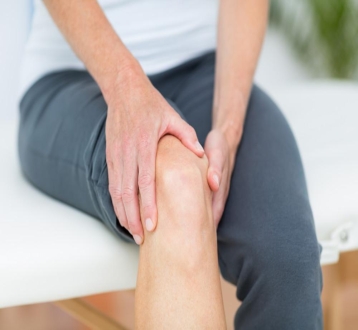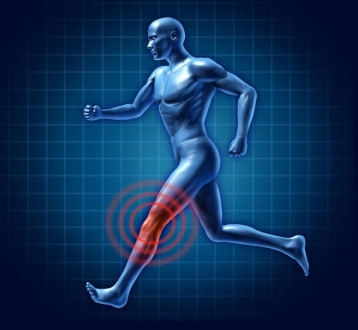
As the median age of American society climbs, incidence of osteoarthritis, a wear-and-tear type condition, also climbs. For those with advanced knee deterioration, joint replacement presents a chance at renewed mobility and pain-free living. However, many cope with osteoarthritis discomfort and physical limitations for years before they feel ready for joint replacement surgery.
There are, however, alternatives to joint replacement for those in earlier stages of osteoarthritis, treatments that reduce pain and restore mobility, essentially freeing you from the restrictions that arthritis can impose. Two such procedures are knee joint preservation and cartilage restoration surgery. If you’re suffering from osteoarthritis pain in your knees, these techniques may be able to help you.
How osteoarthritis affects your knees
The most common form of arthritis, osteoarthritis sees the protective cartilage covering the ends of bones deteriorate, causing pain from bone-on-bone contact. Cartilage normally acts as a lubricating cushion for your joints, removing most friction from movement. The slick and smooth surface of cartilage becomes rough, limiting mobility and creating pain.
When osteoarthritis hits your knees, you may feel a grinding sensation when you walk or flex your leg. The joint could be tender, and it may feel stiff, particularly in the morning as you start your day. You may lose range of motion compared to your pre-arthritis days. You could experience pain in your knee while moving or even when at rest.
Knee joint preservation
Joint replacement may still be far into the future when you first experience pain and mobility issues in your knees. That’s a course of action for late-stage arthritis, when more conservative methods fail. Nor are joint replacements ideal solutions. Mechanical parts have their own issues, so typically you’ll want to delay replacement until there are no other alternatives.
Preserving the tissue of your knee joint is well-developed compared with other joints, with a range of treatment options. These are often most effective with younger patients and can include lifestyle alterations such as losing weight and physical therapy to develop the muscles that support your knee.
Injectable treatments include corticosteroids to fight inflammation, hyaluronic acid to supplement synovial fluid in your knee, and platelet-rich plasma (PRP) therapy. PRP is a regenerative medicine technique that uses healing factors from your own blood to reinforce natural repair mechanisms in your body. Stem cell injections work in a similar way, often combined with PRP, and these can produce positive results for some patients.
Cartilage restoration surgery
Since osteoarthritis involves deteriorating cartilage, any technique that can fortify cartilage tissue could, in theory, help reduce symptoms. Restoring cartilage through surgical methods is still evolving, but for younger patients with simple damage to their knees, it can be effective. Cartilage restoration is often performed arthroscopically, with benefits of short recovery time and minimal damage to surrounding tissue.
Though there are several approaches to cartilage restoration, most seek to stimulate new cartilage growth or to transplant new cartilage tissue into damaged portions of the knee.
With all these options, deciding which procedure is right for you can be daunting. Consulting with Dr. Drew provides you with the benefits of his experience and knowledge, so you’ll know which treatments offer the best prognosis. Contact his office today to learn more about these alternatives to living with osteoarthritis pain.










